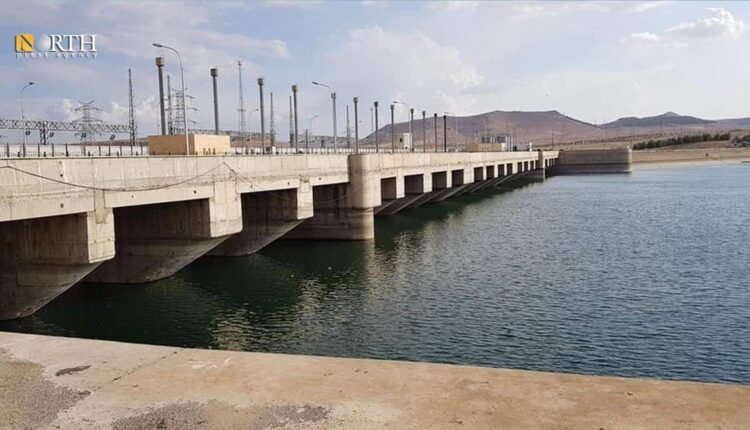By Kardo Roj
KOBANI, Syria (North Press) – A U.S.-mediated agreement involving Washington, Ankara, Damascus, and Qamishli has led to a significant de-escalation around the strategically critical Tishrin Dam in northern Syria, North Press has learned from a well-informed source involved in the negotiations.
On Saturday, a joint delegation from the U.S.-led International Coalition, the Syrian government, and special units from the Syrian Democratic Forces (SDF) conducted a field visit to the dam, located on the Euphrates River between Manbij and Kobani. The visit came amid reports of an evolving agreement to secure and neutralize the area after months of violent clashes.
According to the source, who spoke on condition of anonymity due to the sensitivity of the talks, the parties reached administrative and security understandings that aim to remove the dam from military confrontation zones, ensure its operational continuity, and establish joint responsibility over its security.
Key Terms of the Agreement
Under the terms of the agreement:
The dam will be officially designated a neutral zone, shielded from ongoing hostilities.
A phased reduction of military presence on both sides of the dam will begin immediately.
Turkey-backed armed groups will withdraw from the western bank of the dam, to be replaced by units of the Syrian Ministry of Defense.
On the eastern side, the dam facility will continue to be protected by the Internal Security Forces (Asayish), with technical management handled by staff affiliated with the Autonomous Administration of North and East Syria (AANES).
The source also emphasized the pivotal role of American diplomacy in achieving the breakthrough, highlighting Washington’s quiet shuttle diplomacy with all parties over recent weeks.
The area around Tishrin Dam had been a flashpoint for nearly four months, witnessing intermittent clashes between SDF forces and Turkish-backed factions affiliated with the Syrian National Army (SNA). The dam, one of Syria’s most vital sources of electricity and water, became a symbol of both strategic leverage and vulnerability during the escalations.
The current truce, though unofficial, has already led to a period of calm in the surrounding countryside. Local residents have reported a visible decline in military activity, and logistics teams have resumed access to the dam for routine maintenance.
“This agreement is not only about water and electricity—it’s about securing stability for thousands of civilians,” the source said.
If implemented successfully, the Tishrin Dam agreement could mark a rare moment of cooperation between disparate actors in Syria’s fragmented landscape. It also signals a cautious return to coordinated deconfliction efforts, with Washington playing a behind-the-scenes role in bridging gaps between AANES, Damascus, and Ankara.
While the presence of Turkish-backed forces near sensitive infrastructure has often triggered instability in the region, the current agreement appears designed to mitigate those risks by reintroducing formal state oversight on one side and preserving local governance on the other.
Moreover, it underscores the role of the SDF and AANES in securing and operating essential infrastructure, a task that has earned the trust of international partners and local communities alike.
An official ceasefire announcement between the SDF and Turkish forces is expected in the coming days, according to multiple diplomatic sources. If realized, this would mark a substantial development in the broader effort to reduce frontline tensions in northern Syria.

